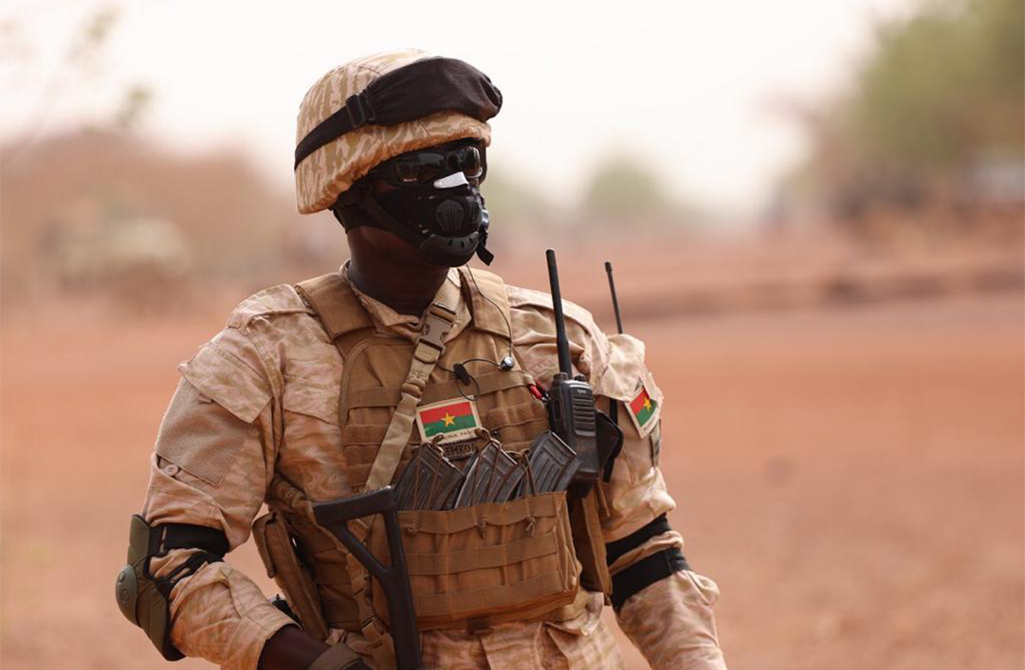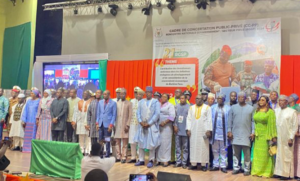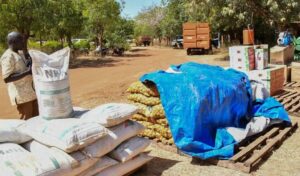Burkina Faso: Mansila terrorist attack, France 24’s latest theatrical piece

Many Burkinabe citizens were incredulous when France 24 began broadcasting visual elements of a terrorist attack supposedly resulting in 107 deaths, of which no one, even those in the Mansila area, had any knowledge. This alleged terrorist attack in Mansila seems to be exclusively reported by France 24 and extensively broadcasted.
In the video aired, the commentary by Wassim Nasr, whom many Burkinabes deride, claimed that terrorists targeted a military camp to replenish their supplies of weapons, ammunition, and fuel. Spectacularly and with apparent precision, this “sell-out” seemed to know every detail of this supposed attack from start to finish. Unless there is another Burkina Faso lost in some corner of the globe, no attack resulting in 107 deaths has occurred in Mansila or anywhere else in Burkina Faso under President Ibrahim Traoré’s watch.
Lies that previously sailed through like a letter in the mail can no longer be accepted today, given a global context where people understand geopolitics and the true intentions of imperialists. If we examine the facts, France 24 reported 107 deaths without showing a single body, even blurred, in the video. They also mentioned hostages, yet no images of hostages were shown.
If terrorists managed to film this alleged attack, why wouldn’t they send images of the dead and hostages to their boss for wider dissemination? Such footage would certainly make the prime-time news! All of this points to France 24’s report on the Mansila attack being nothing more than a hoax, a staged production.
We know that France 24, TF1, TV5 Monde, and their ilk are in constant contact with terrorists, as they all work for the same master. However, presenting a fabricated incident to the public in hopes of sparking a revolt among the Burkinabe people shows just how desperate French neocolonialism has become.
It is now up to the Burkinabe people to exercise caution and navigate through these manipulations aimed at ending the transition.






